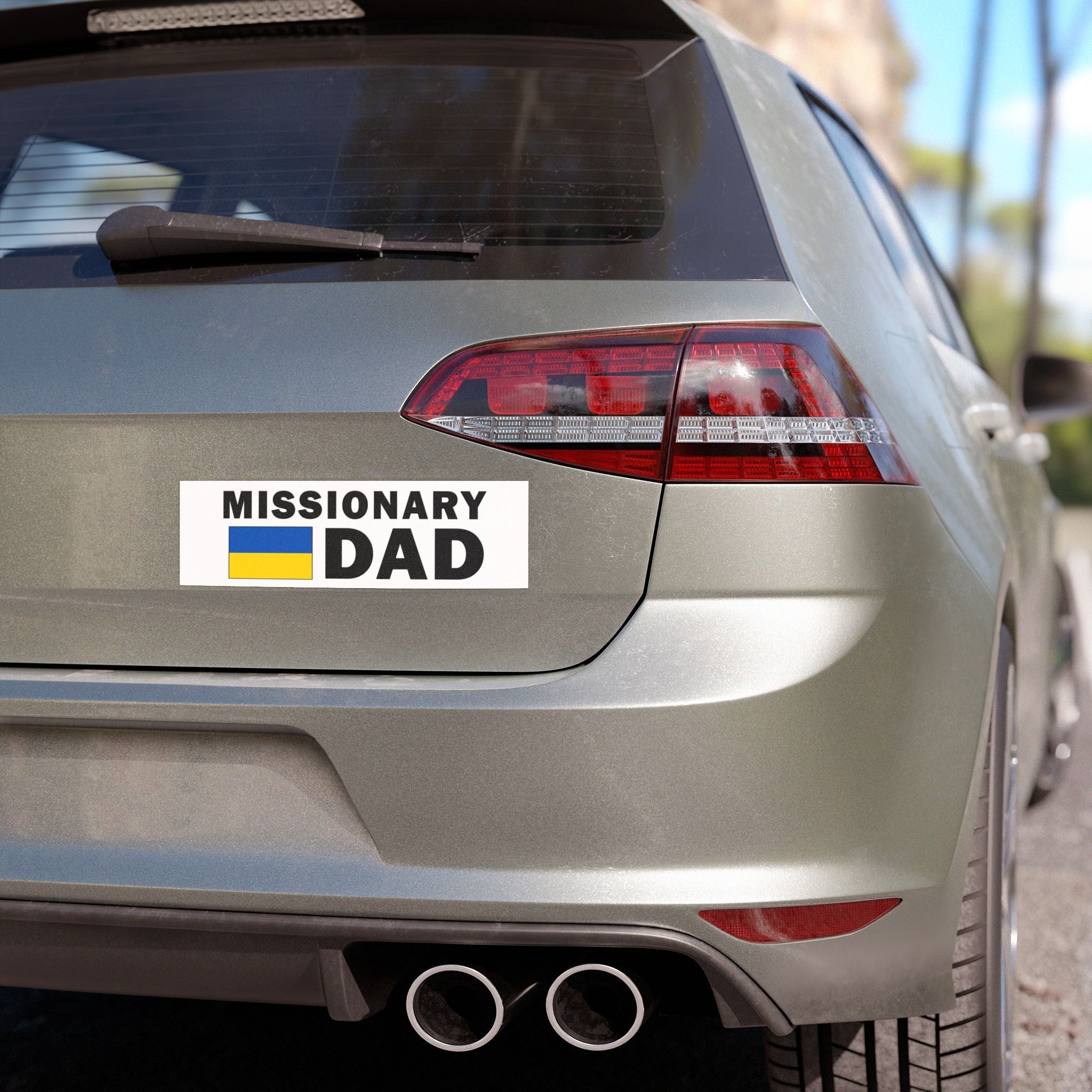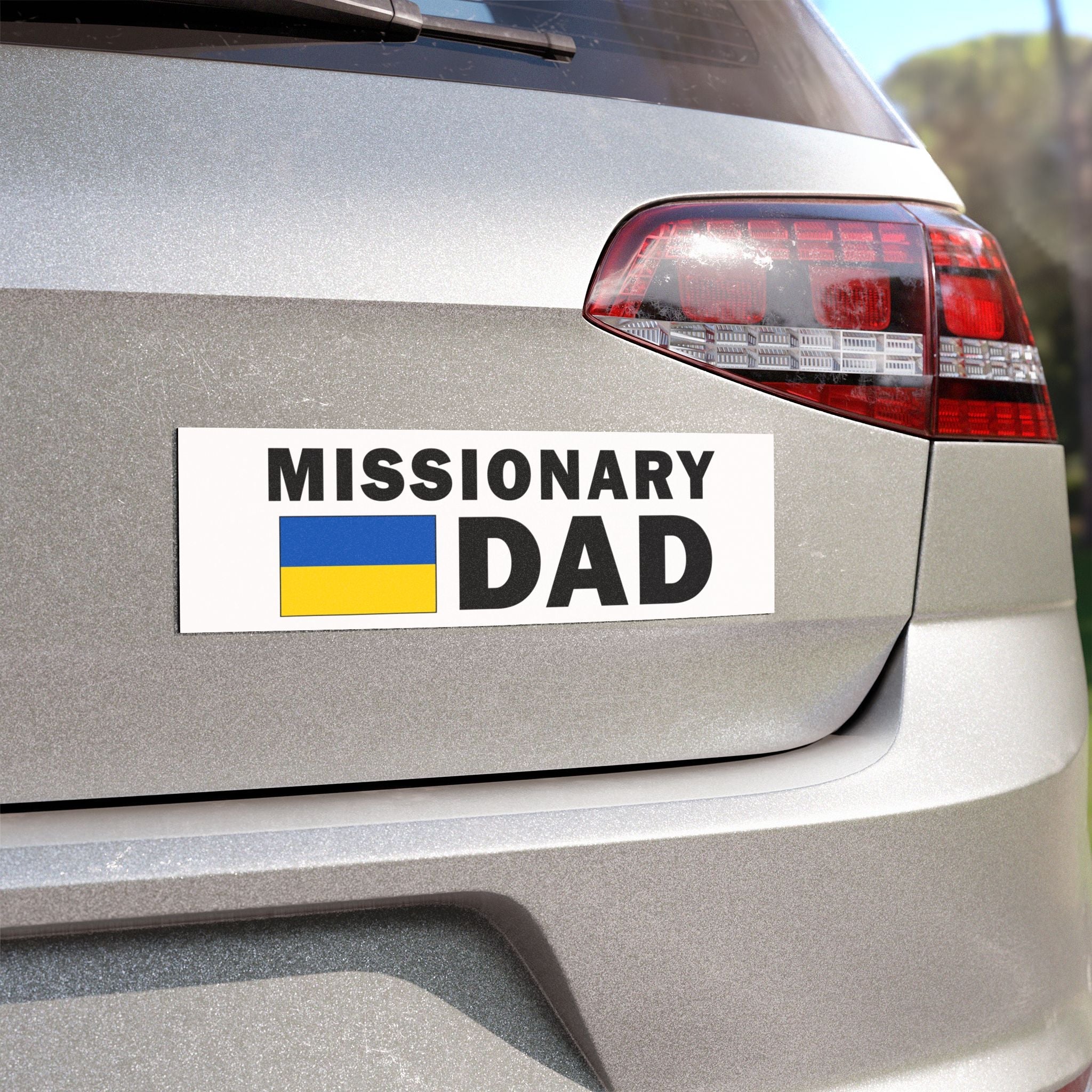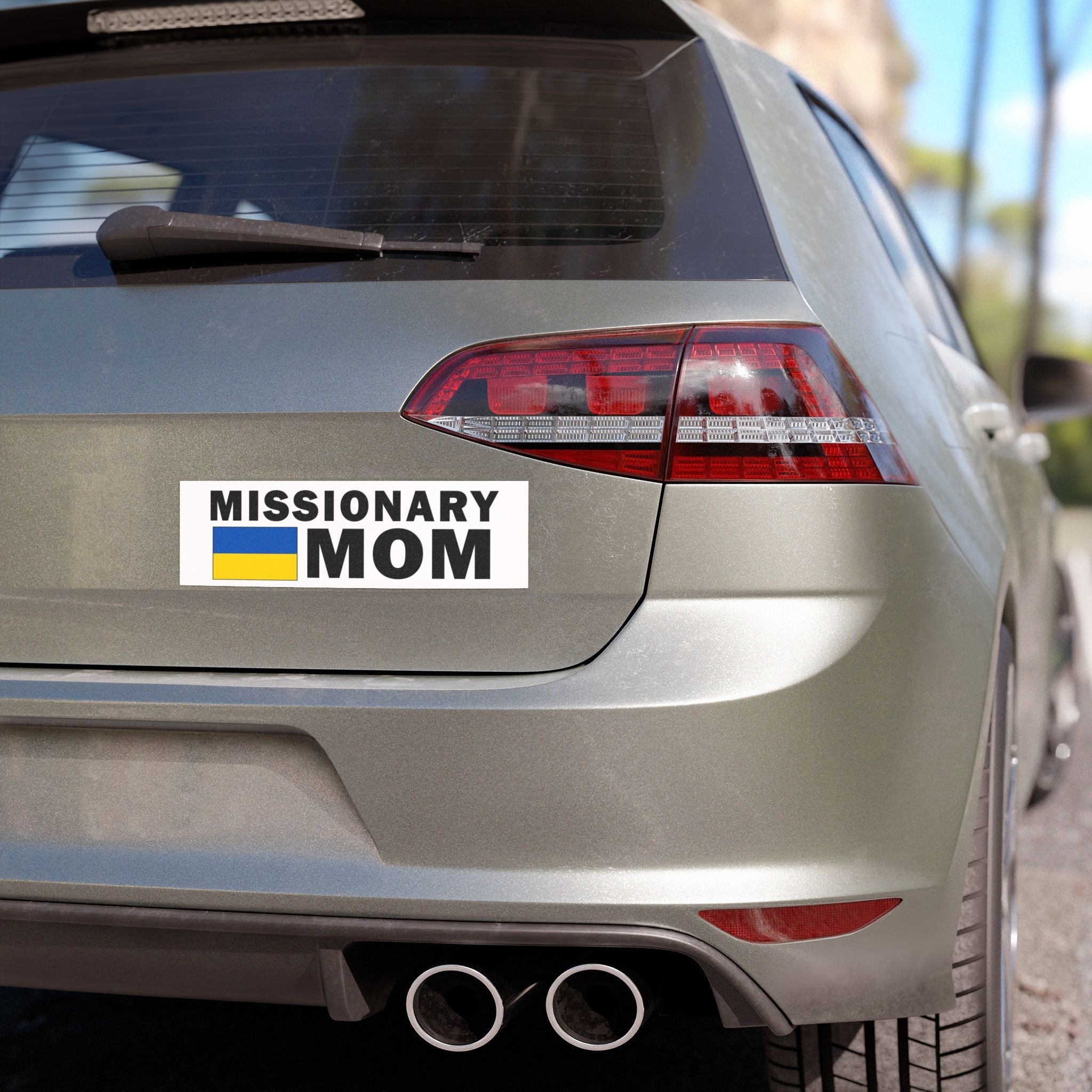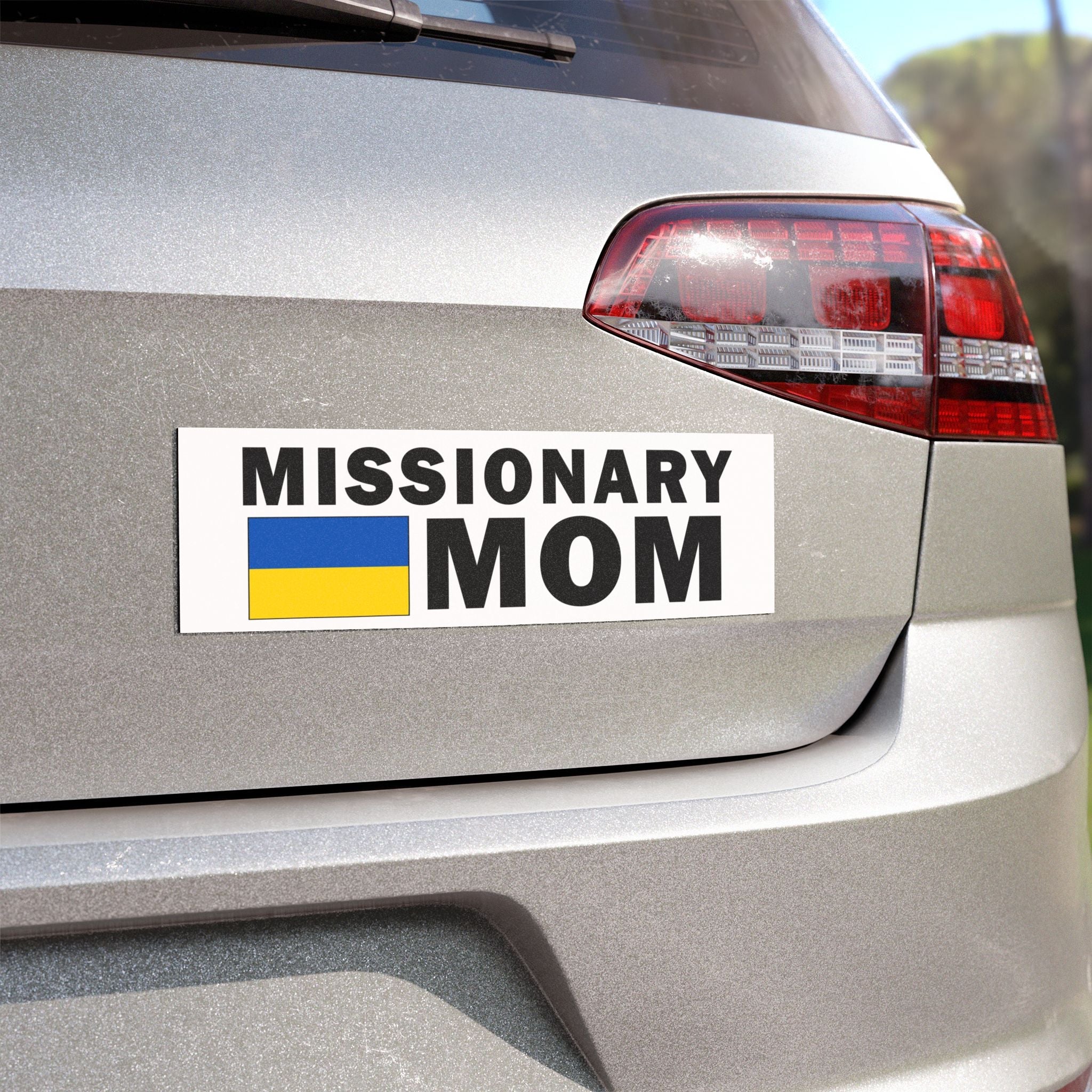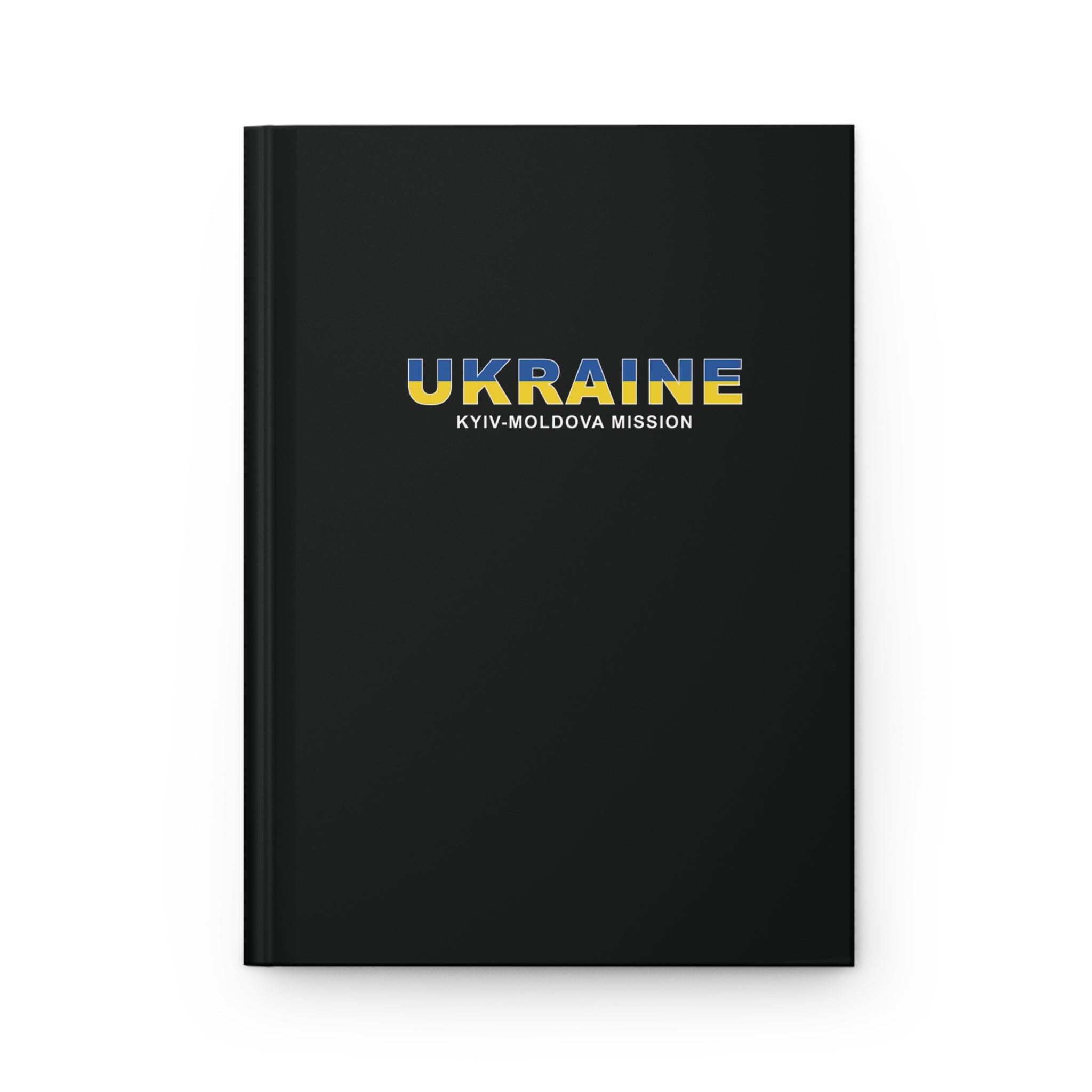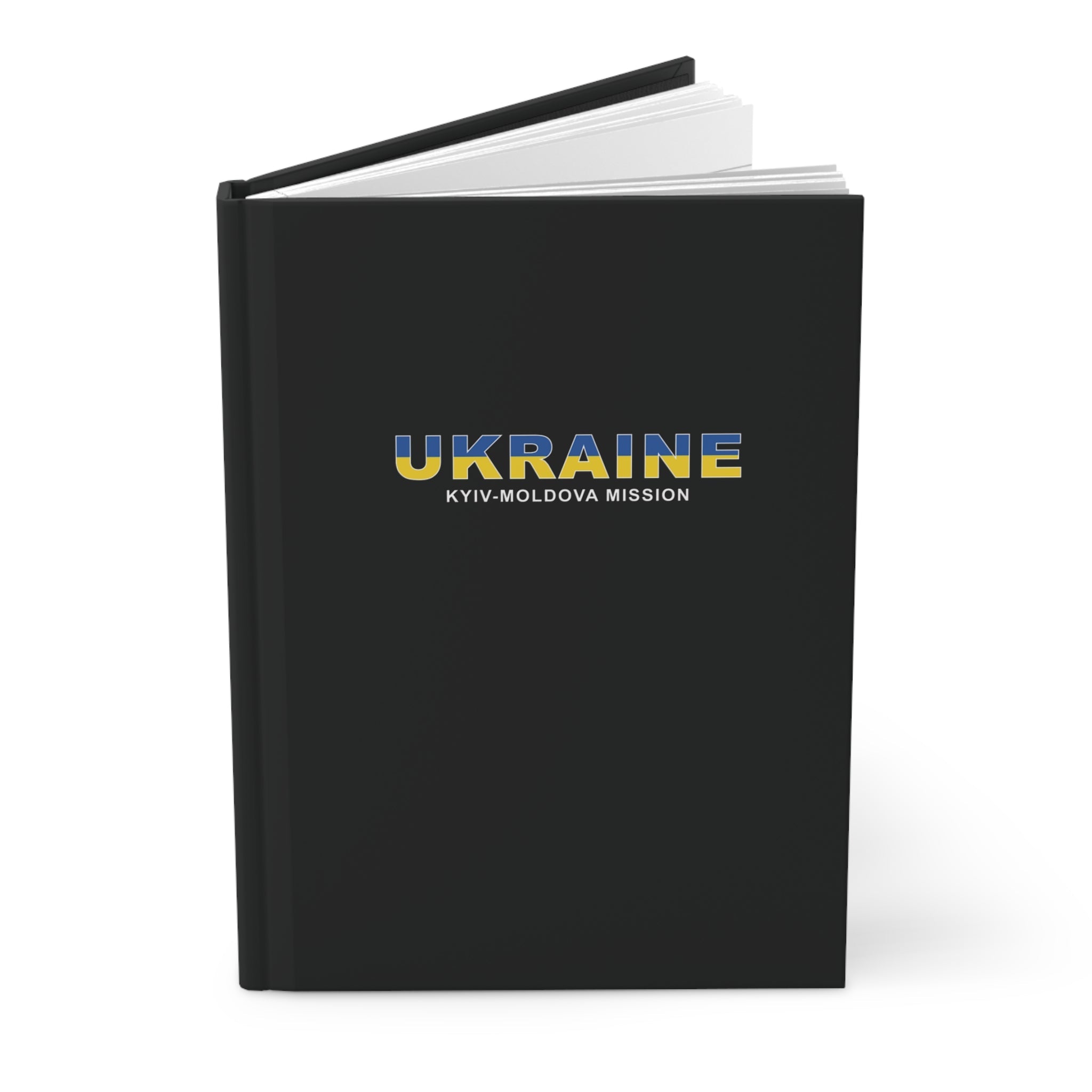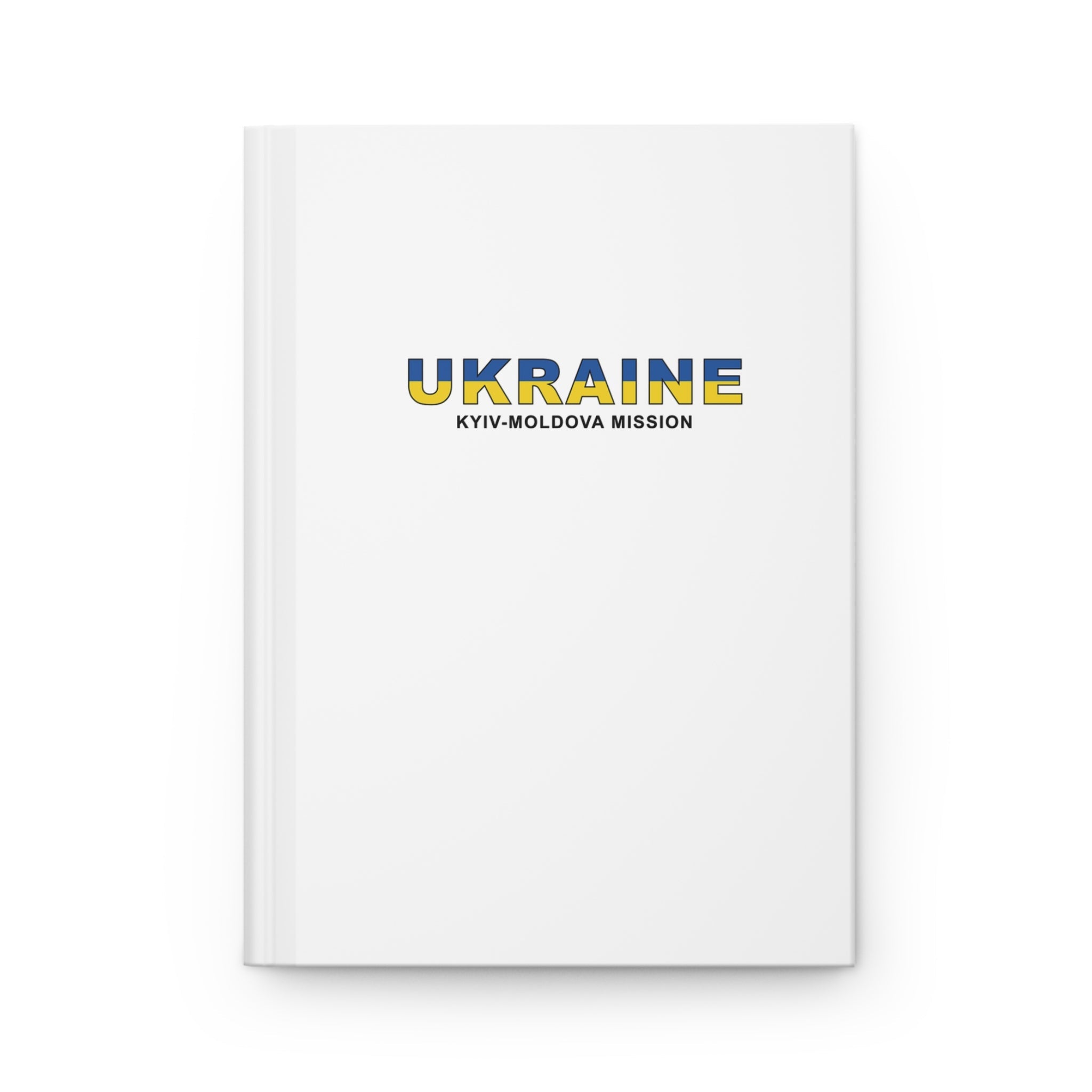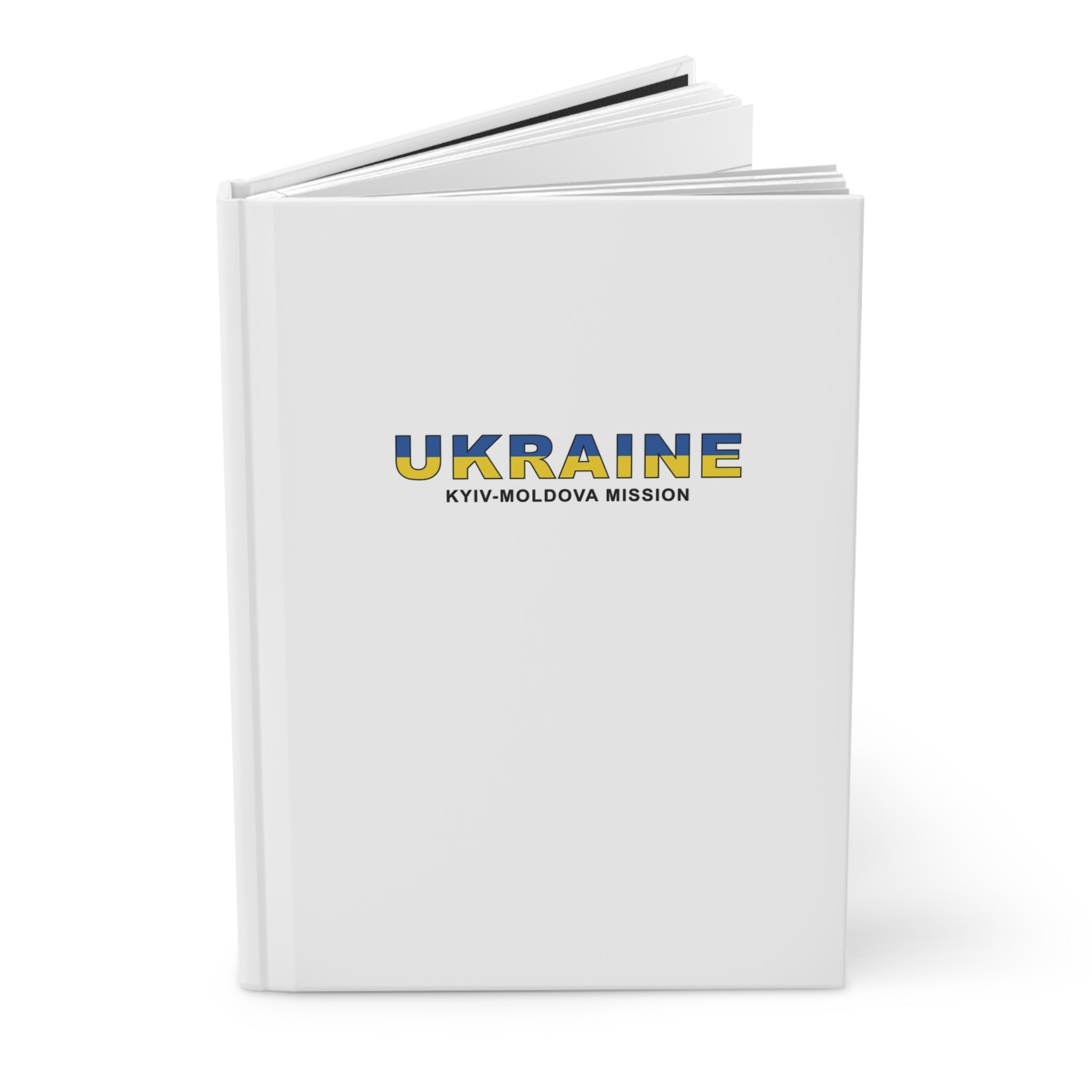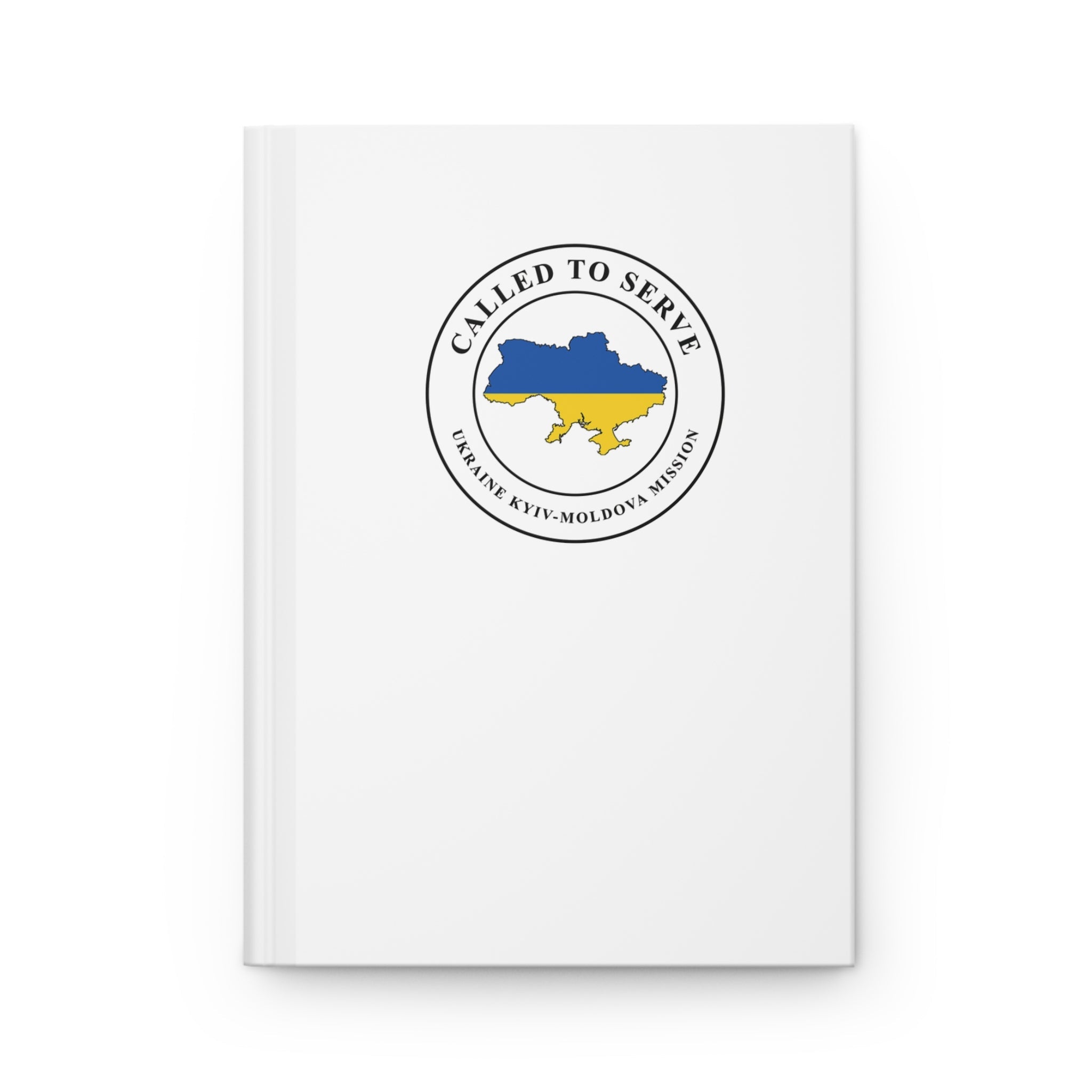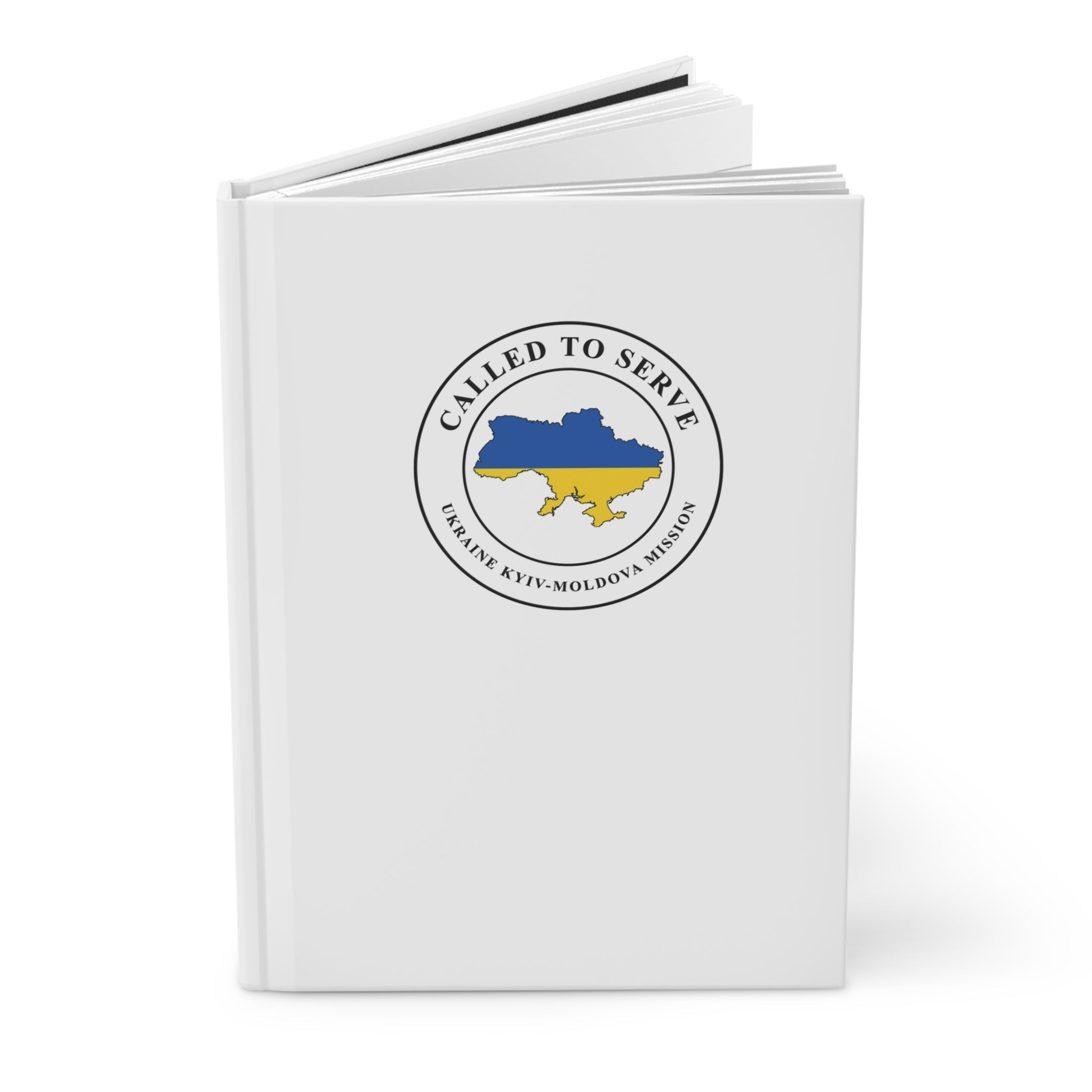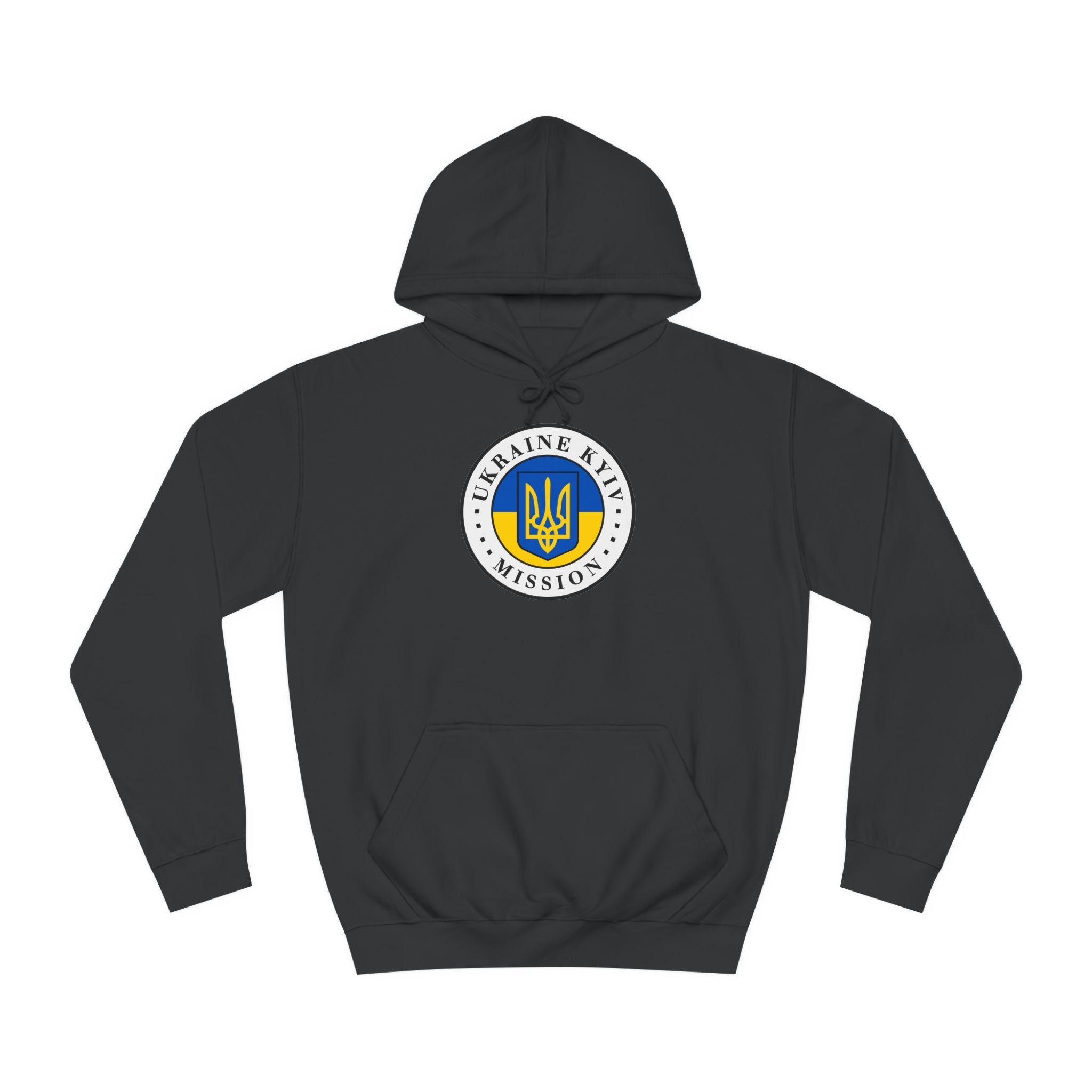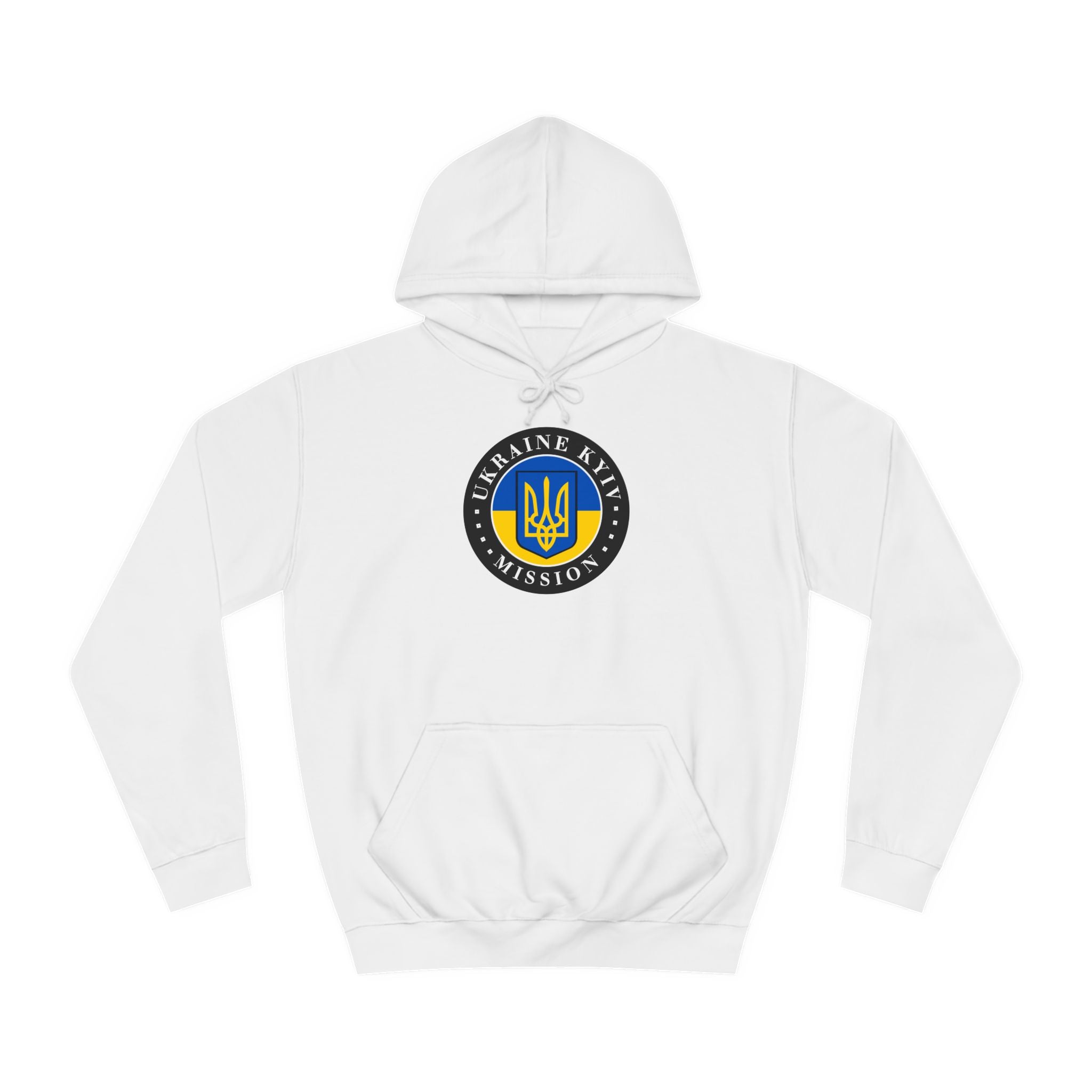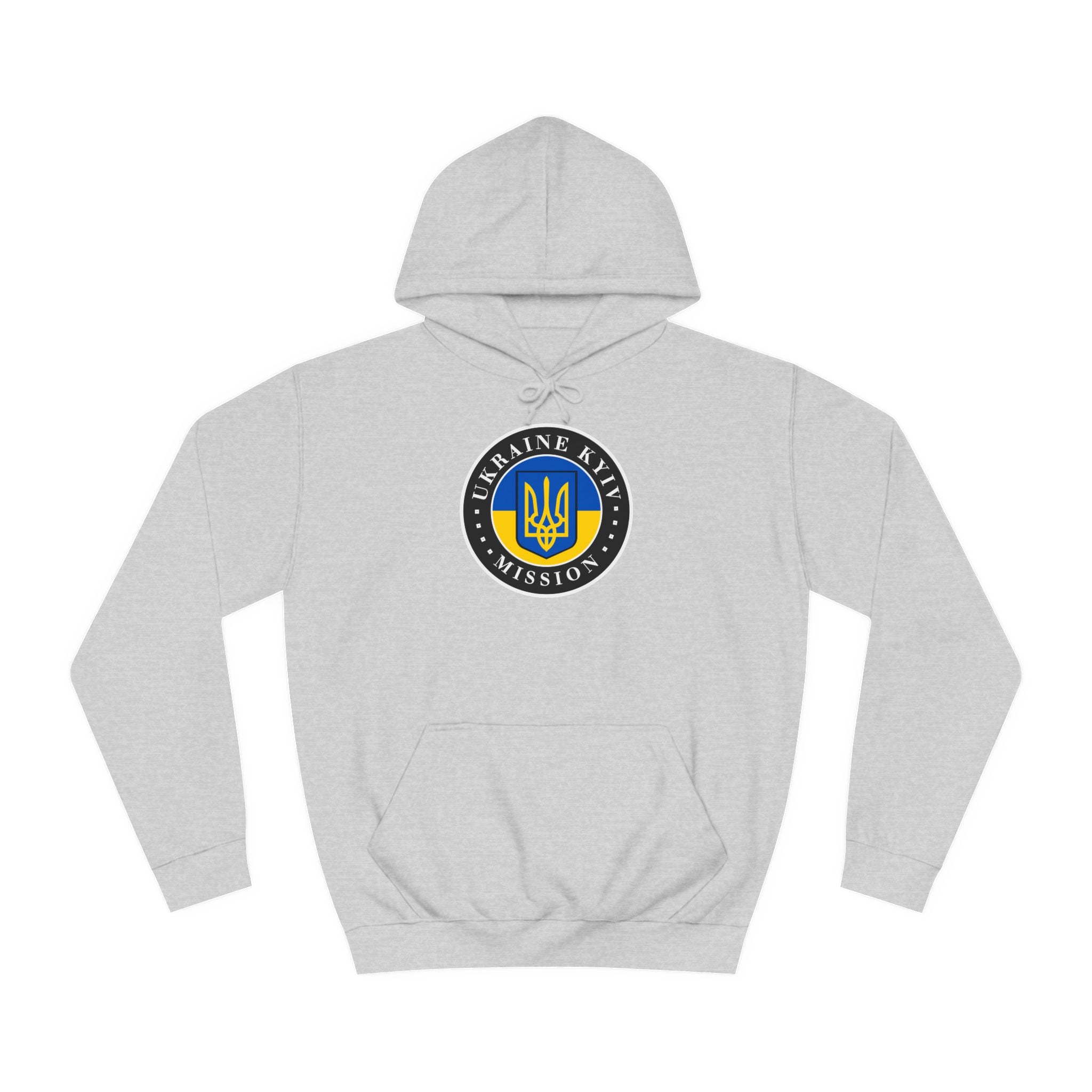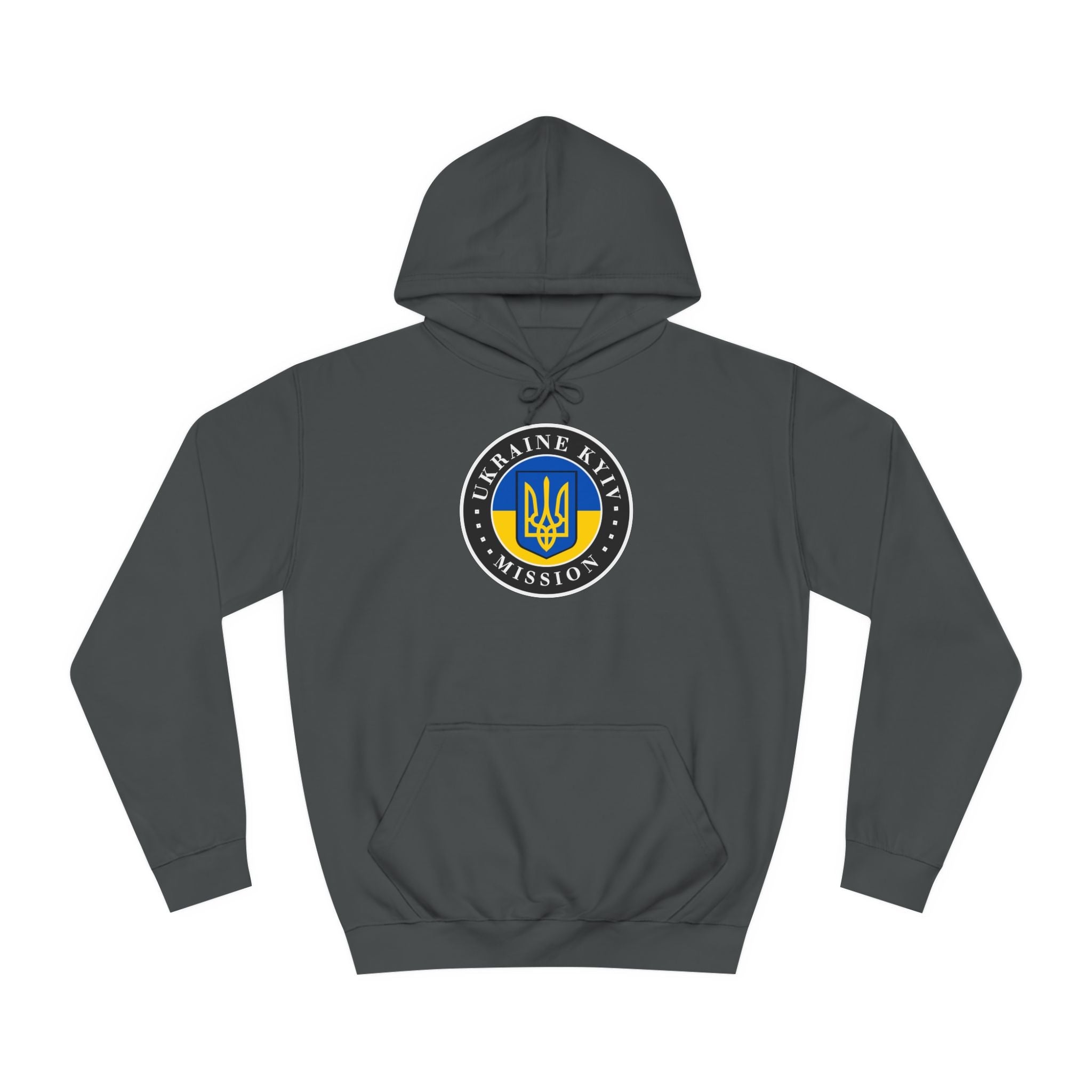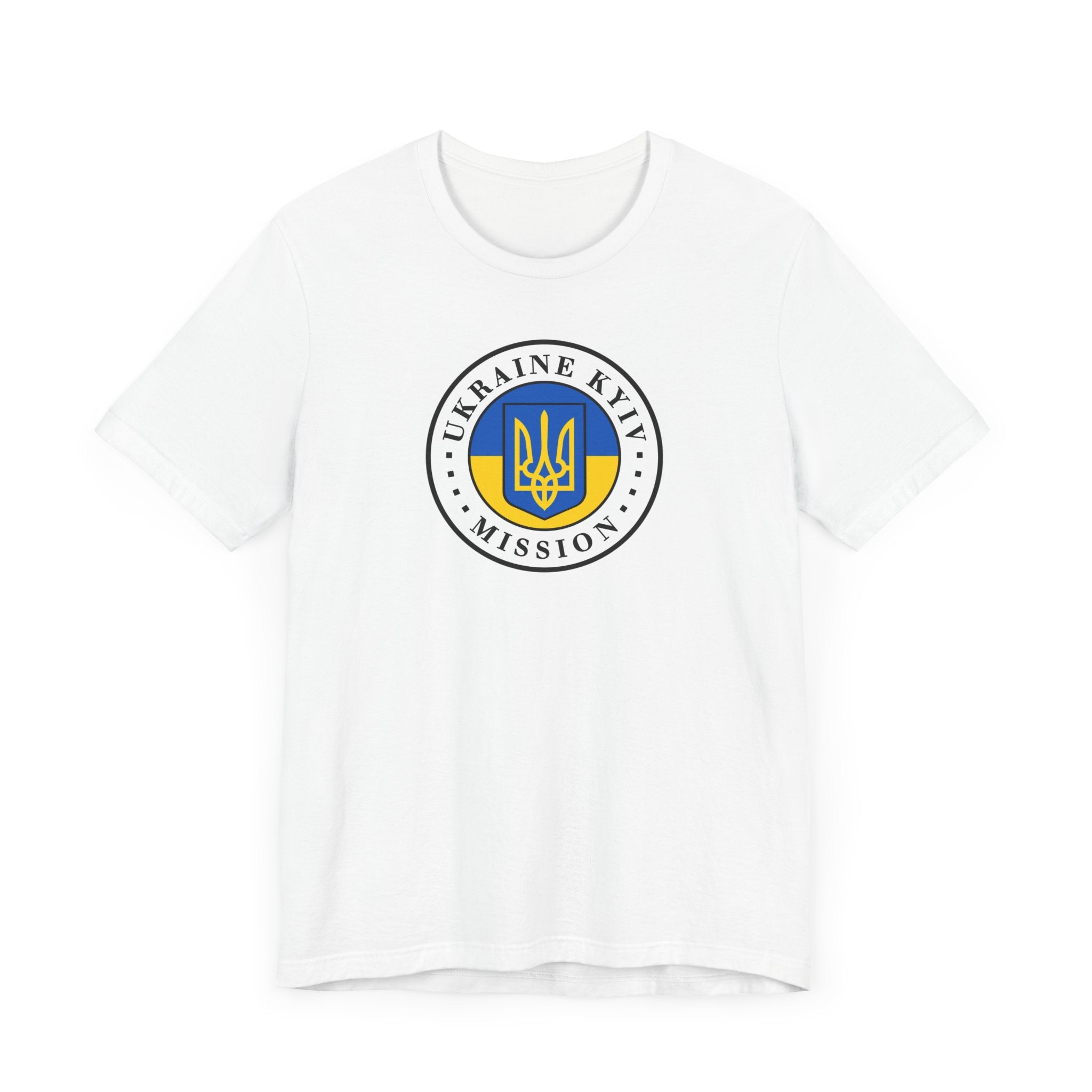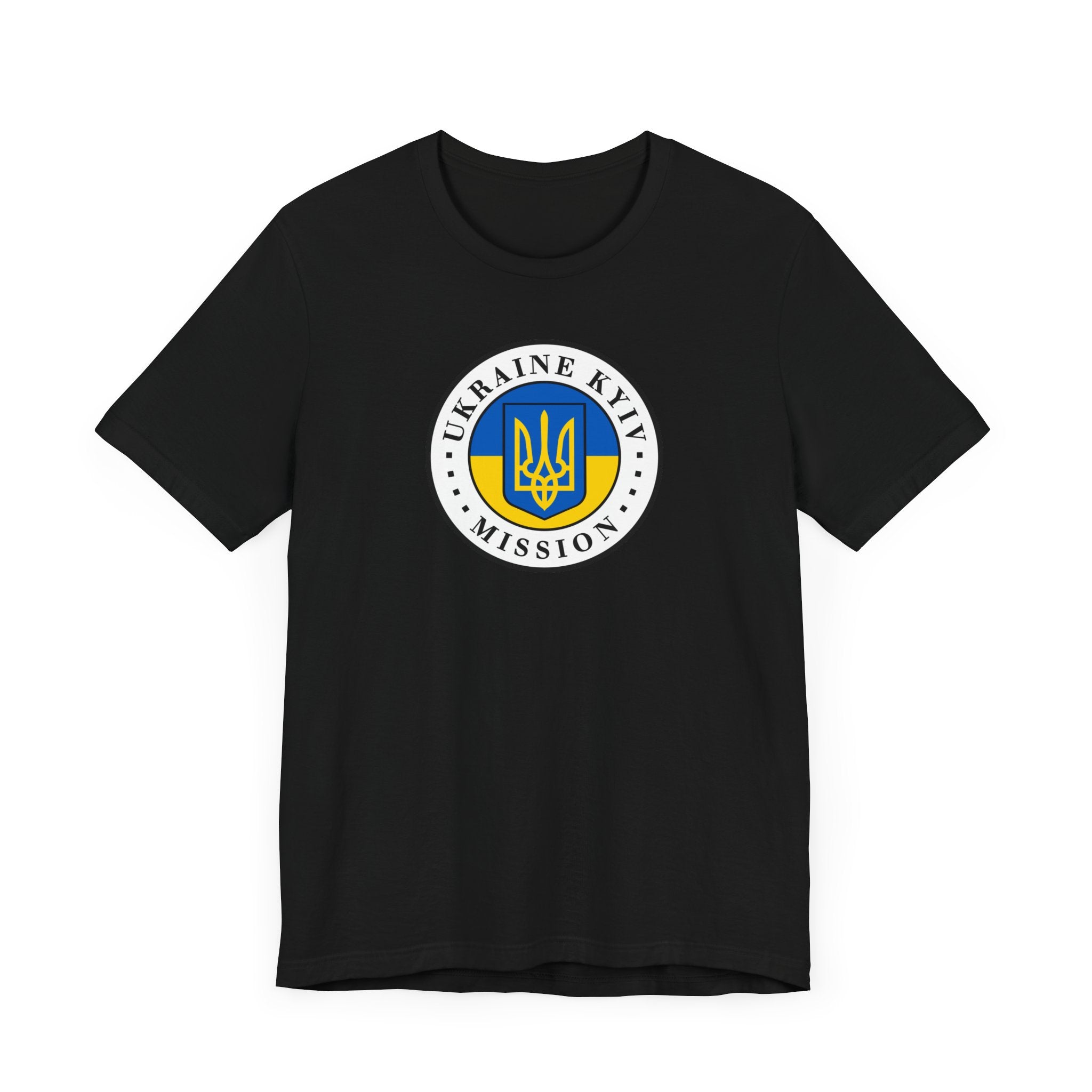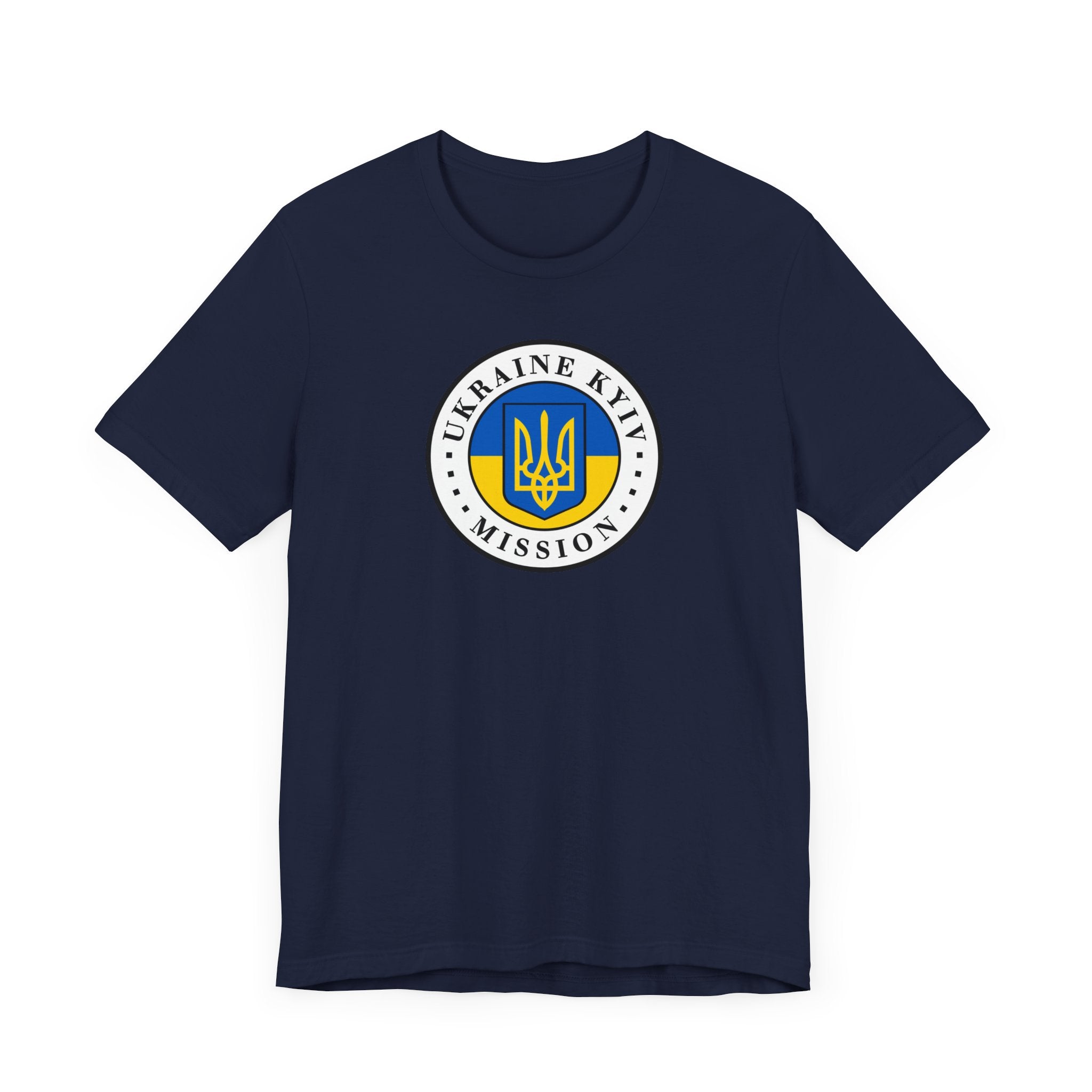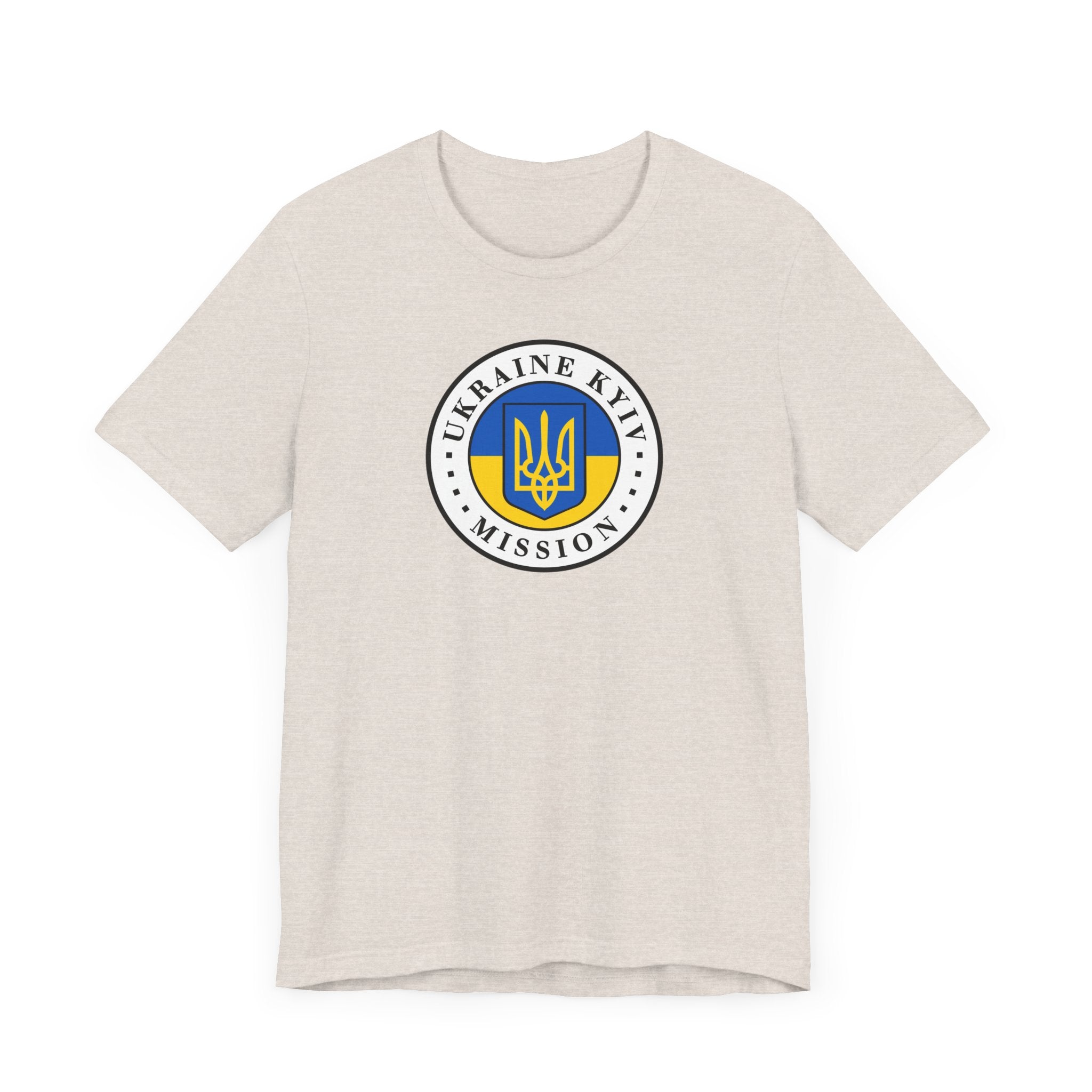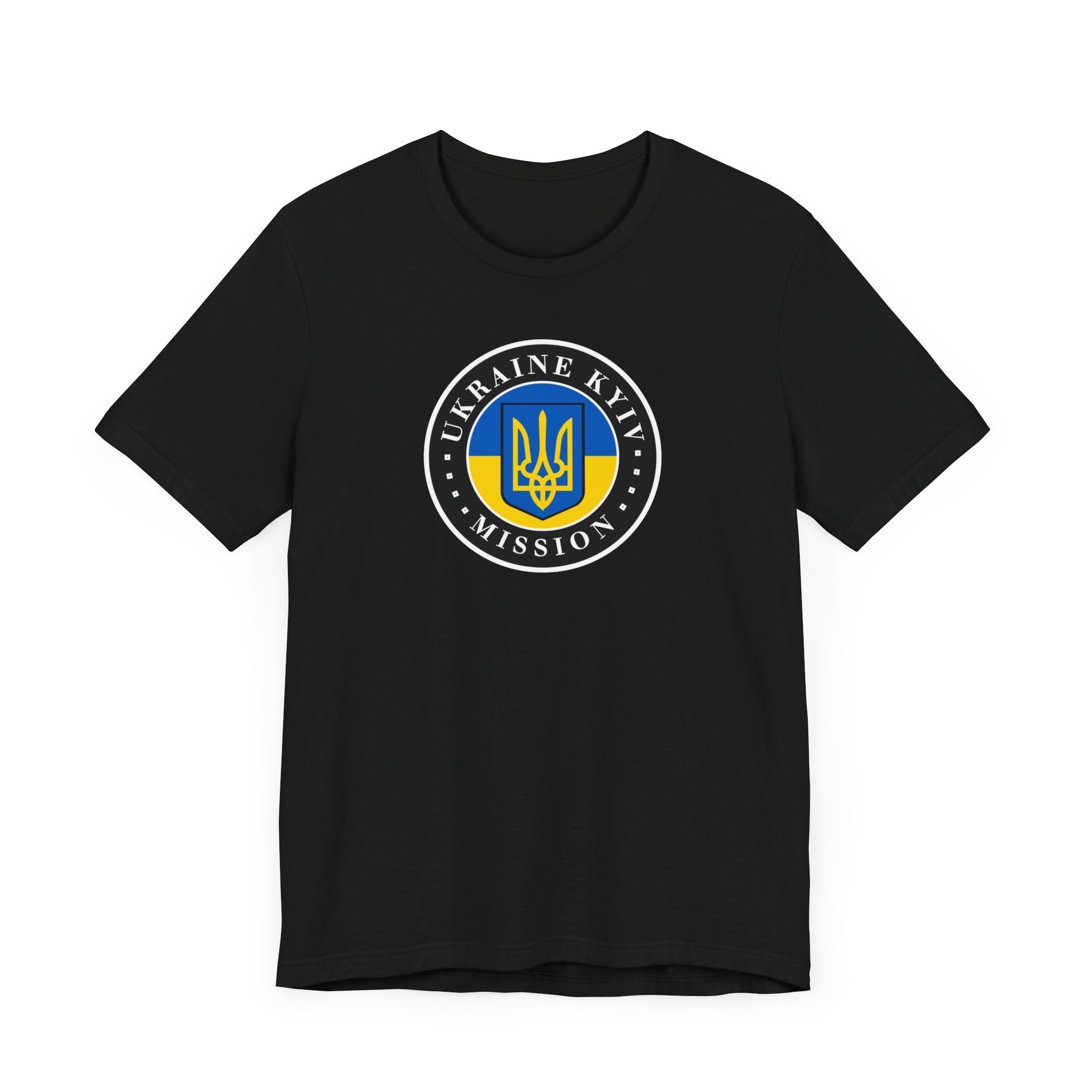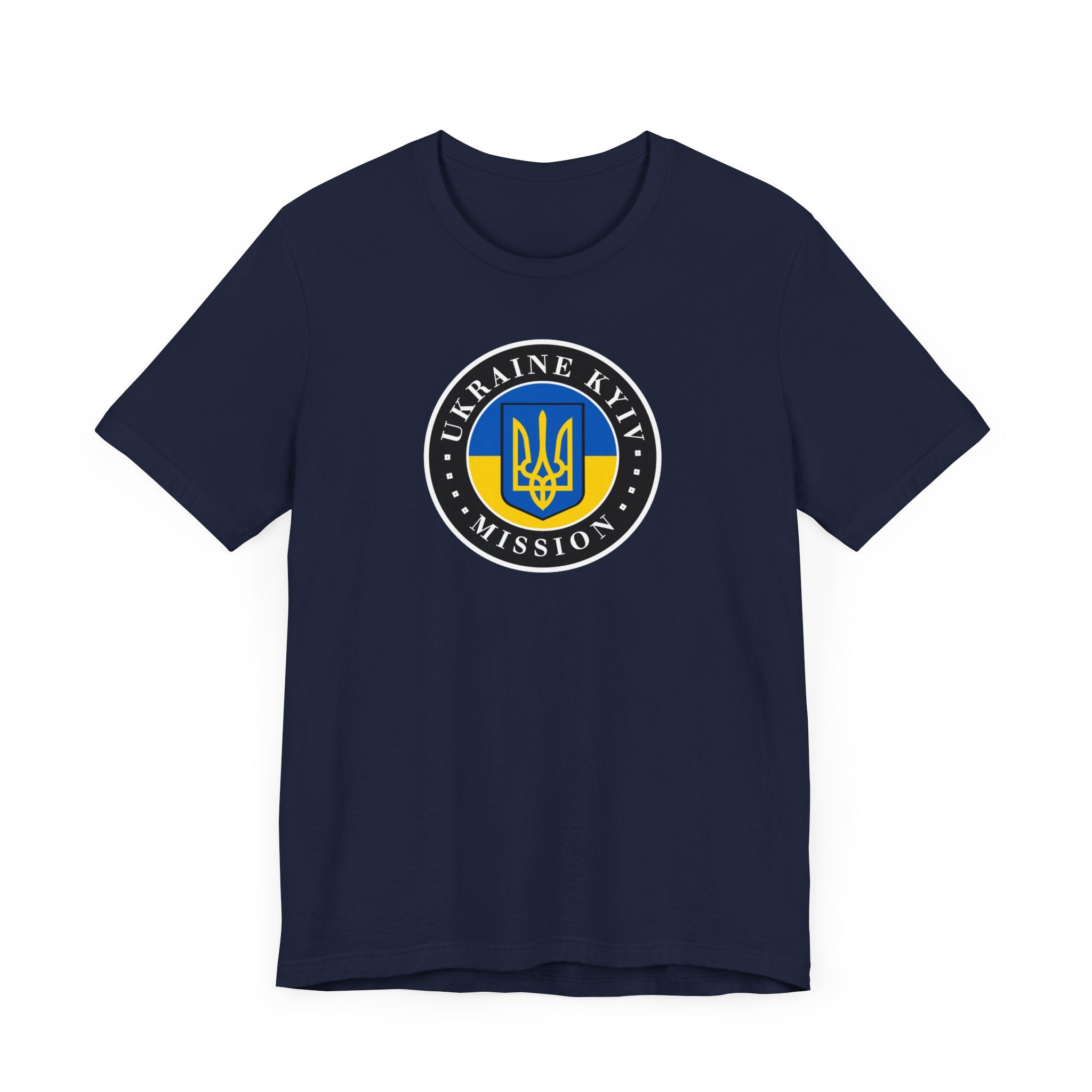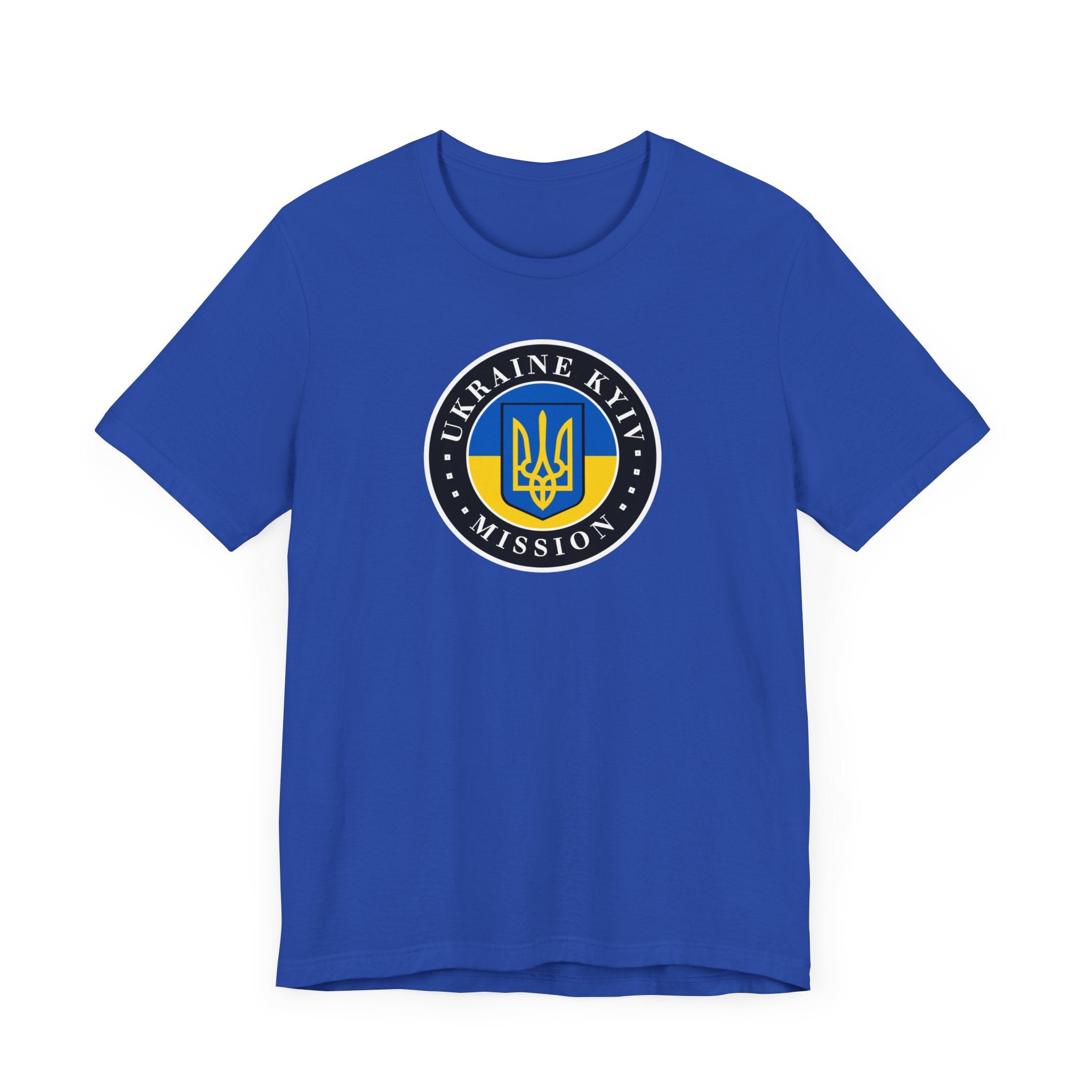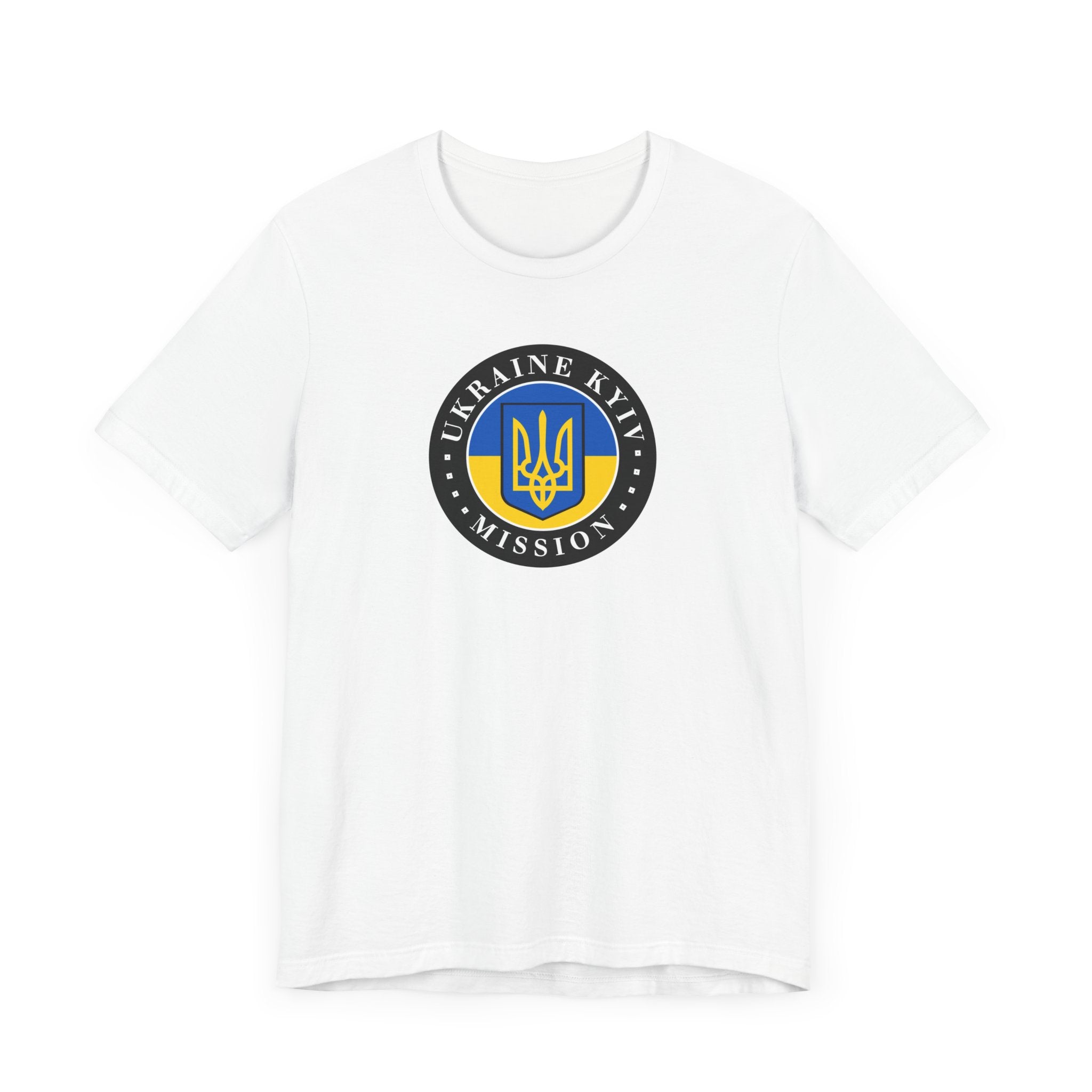When the Kyiv Ukraine Temple was dedicated, nearly 20 years had passed since the arrival of the first missionaries to Kyiv in October 1990. In 1991 a small branch of Ukrainian Saints gathered in a rented hall in Kyiv. From those obscure beginnings, the Church in Ukraine grew in number and in faith across the country as the Saints there lived the gospel in small and simple ways. Like early Church members, Ukrainian Saints witnessed how “out of small things proceedeth that which is great” (Doctrine and Covenants 64:33).
Living the gospel not only changed their lives but also transformed the Church. Branches of the Church were established in nearly every major city. Attending the temple in Germany, the Saints found spiritual strength in making covenants with God. In 2004 the first stake of the Church in eastern Europe was organized in Kyiv.
On August 28, 2010, thousands of Saints crowded into the National Palace of Arts “Ukraine” in Kyiv to watch performers from seven countries across eastern Europe join in dance and song to celebrate the completion of the Kyiv Temple, the first temple in eastern Europe. The next day, the temple was dedicated in several sessions broadcast to Saints throughout the region. For many present, it was also a time to reflect on the past and ponder the future of the Church. Since the temple dedication in 2010, Ukrainian Saints have continued on the gospel path and made the Church more widely known and respected.


